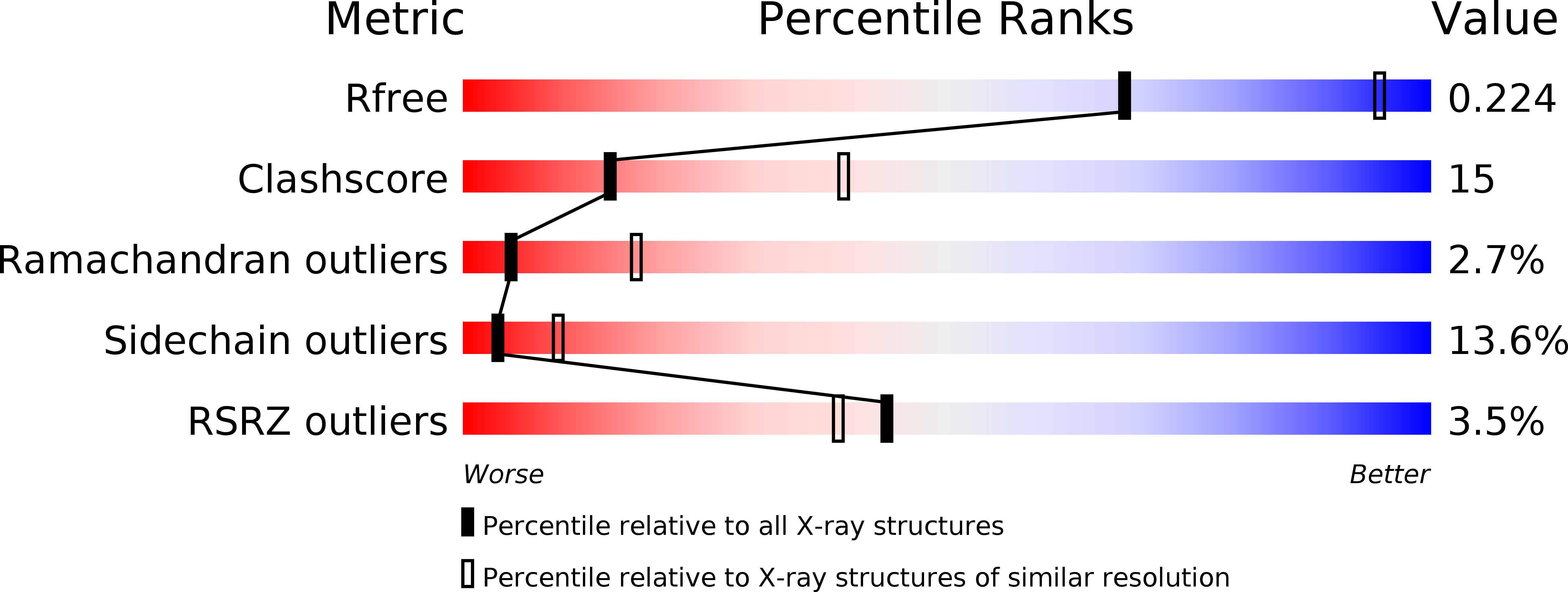
Deposition Date
2005-08-19
Release Date
2006-05-30
Last Version Date
2024-10-30
Entry Detail
Biological Source:
Source Organism:
Mus musculus (Taxon ID: 10090)
Rattus norvegicus (Taxon ID: 10116)
Rattus norvegicus (Taxon ID: 10116)
Host Organism:
Method Details:
Experimental Method:
Resolution:
2.88 Å
R-Value Free:
0.27
R-Value Work:
0.22
R-Value Observed:
0.22
Space Group:
P 21 21 21


